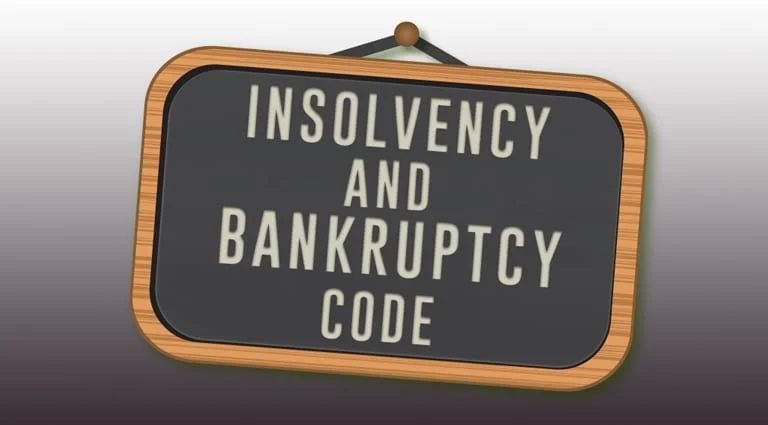Free Courses Sale ends Soon, Get It Now


Free Courses Sale ends Soon, Get It Now



Copyright infringement not intended
Picture Courtesy: www.barandbench.com
Context: The Supreme Court upheld the constitutionality of provisions of the Insolvency and Bankruptcy Code (IBC), 2016, allowing lenders to initiate insolvency proceedings against personal guarantors without providing them an opportunity to present their case.
Key Highlights
Insolvency and Bankruptcy Code
Main features of the IBC
Challenges and limitation
Way forward for the IBC
Conclusion
Must Read Articles:
Insolvency And Bankruptcy Code: https://www.iasgyan.in/daily-current-affairs/insolvency-and-bankruptcy-code-39#:~:text=The%20Insolvency%20and%20Bankruptcy%20Code%20(Amendment)%20Bill%2C%202021%2C,(Amendment)%20Ordinance%2C%202021.
|
PRACTICE QUESTION Q. How has the Insolvency and Bankruptcy Code (IBC) in India contributed to the resolution of distressed assets and the revitalization of businesses? What key amendments or developments have been introduced to enhance the effectiveness of the IBC in addressing insolvency challenges in the country? |
© 2024 iasgyan. All right reserved